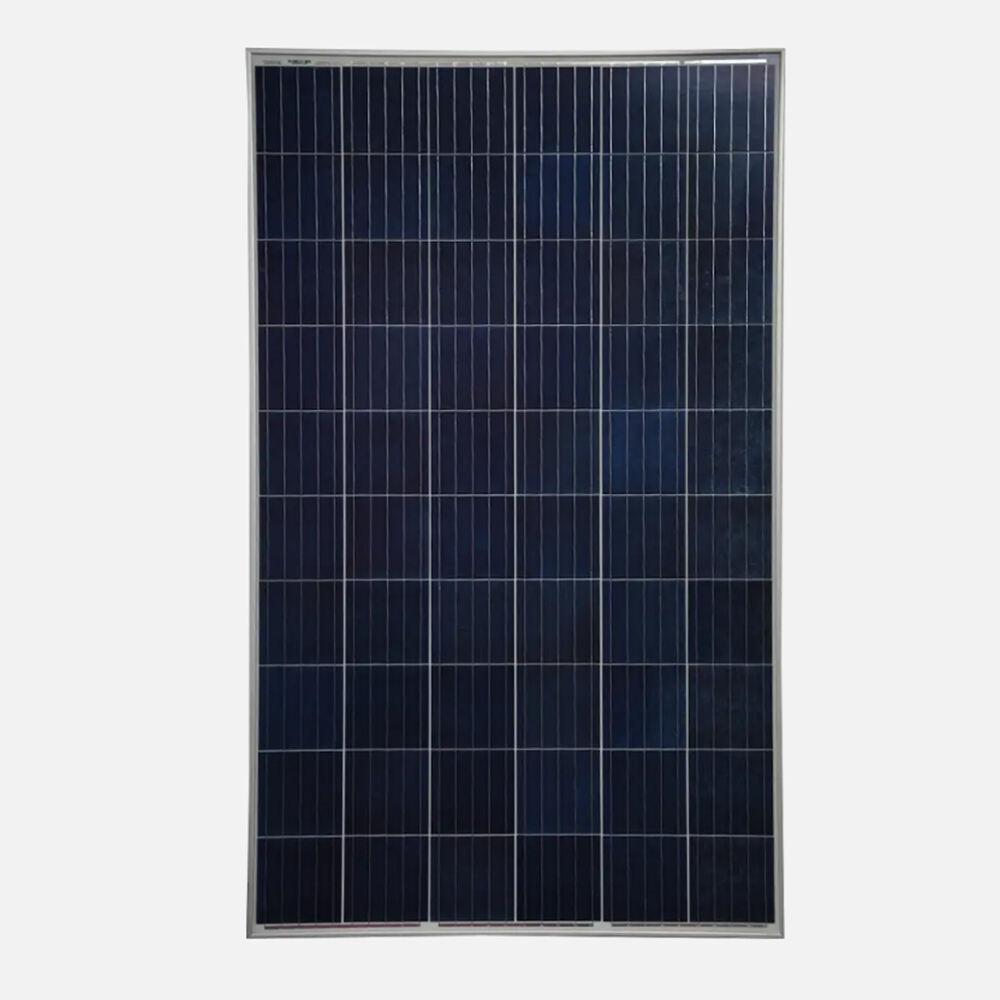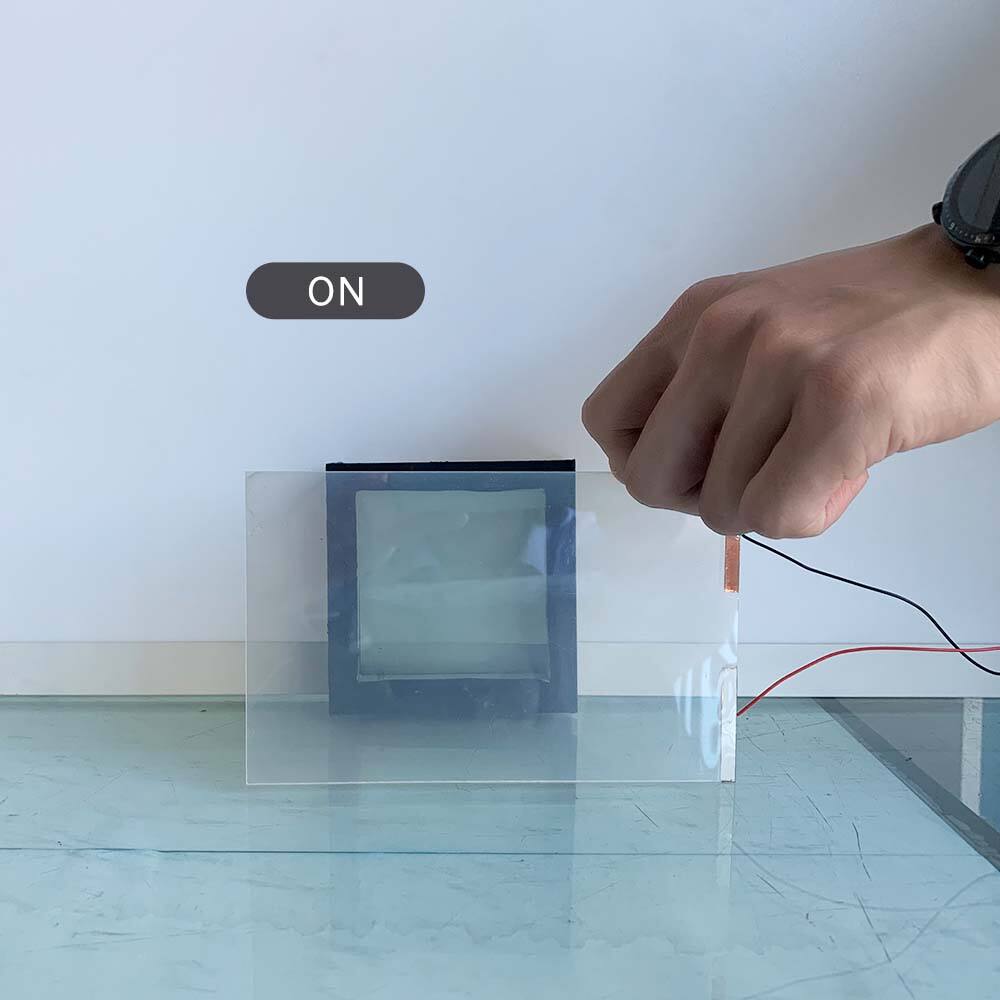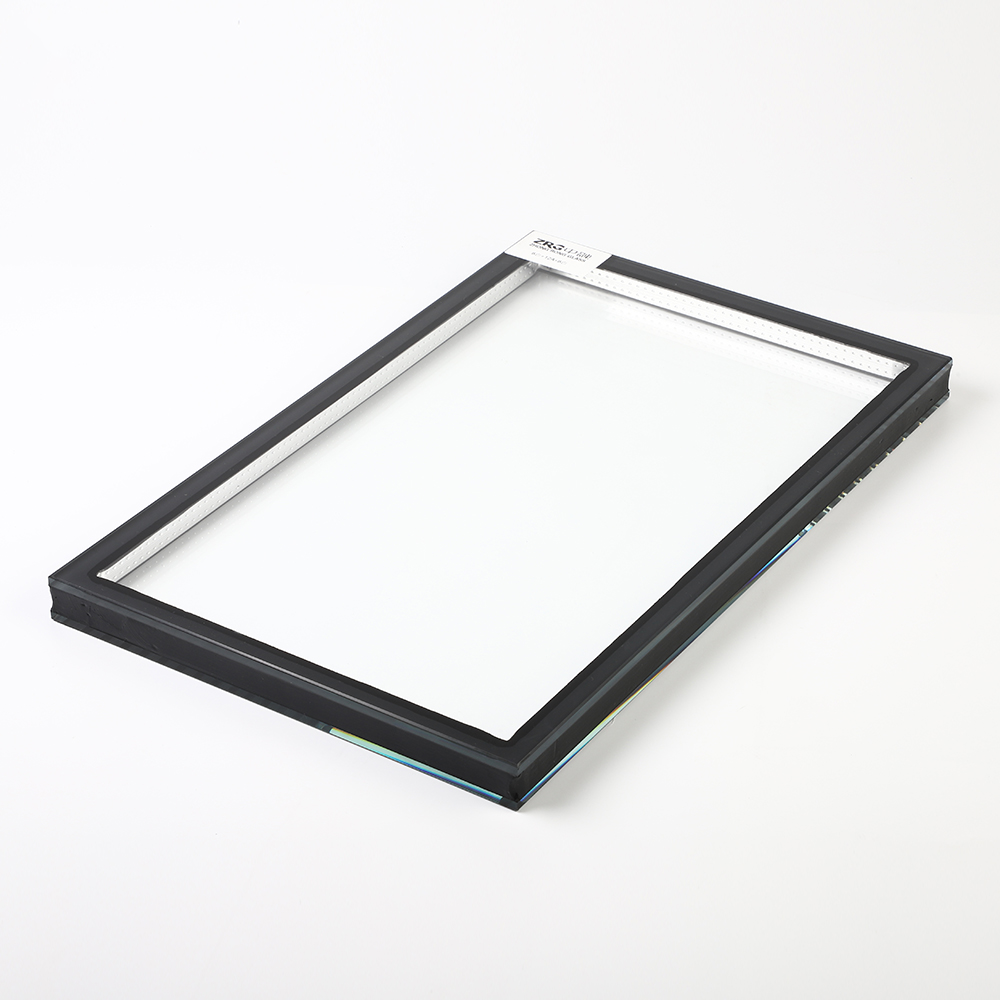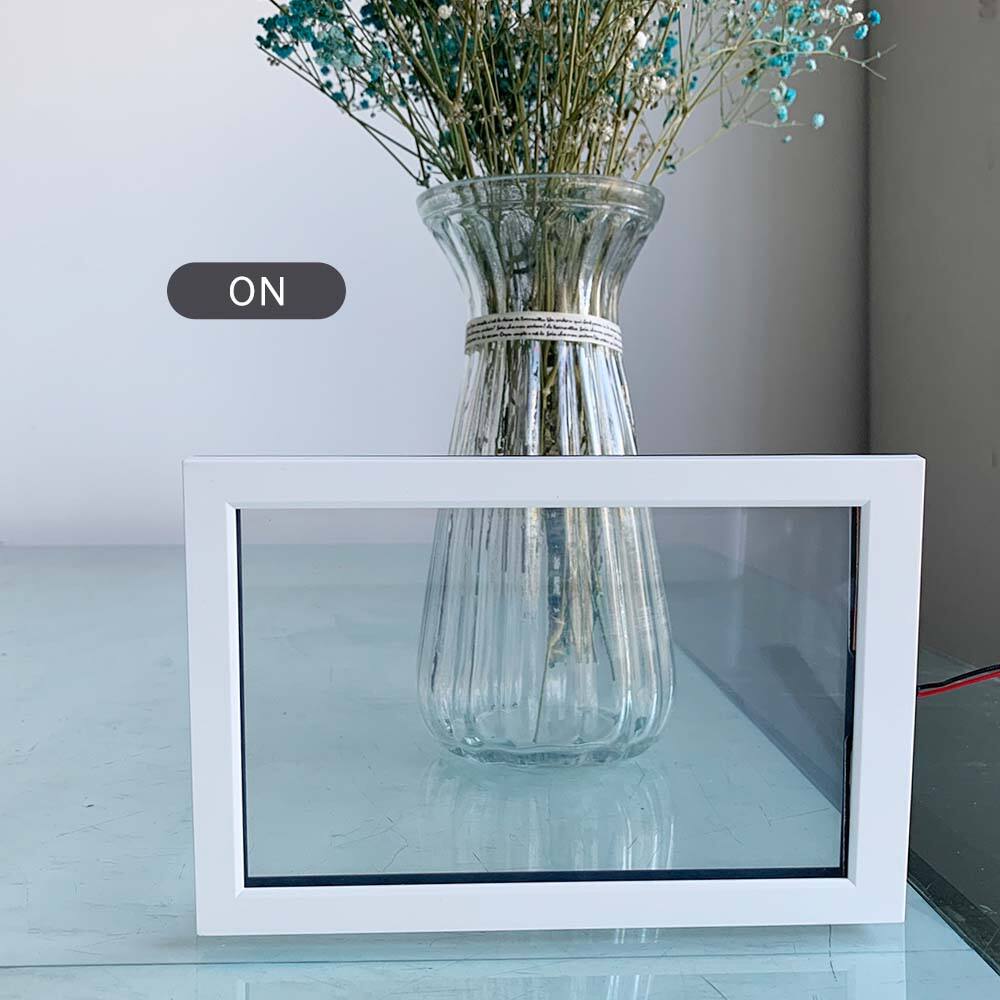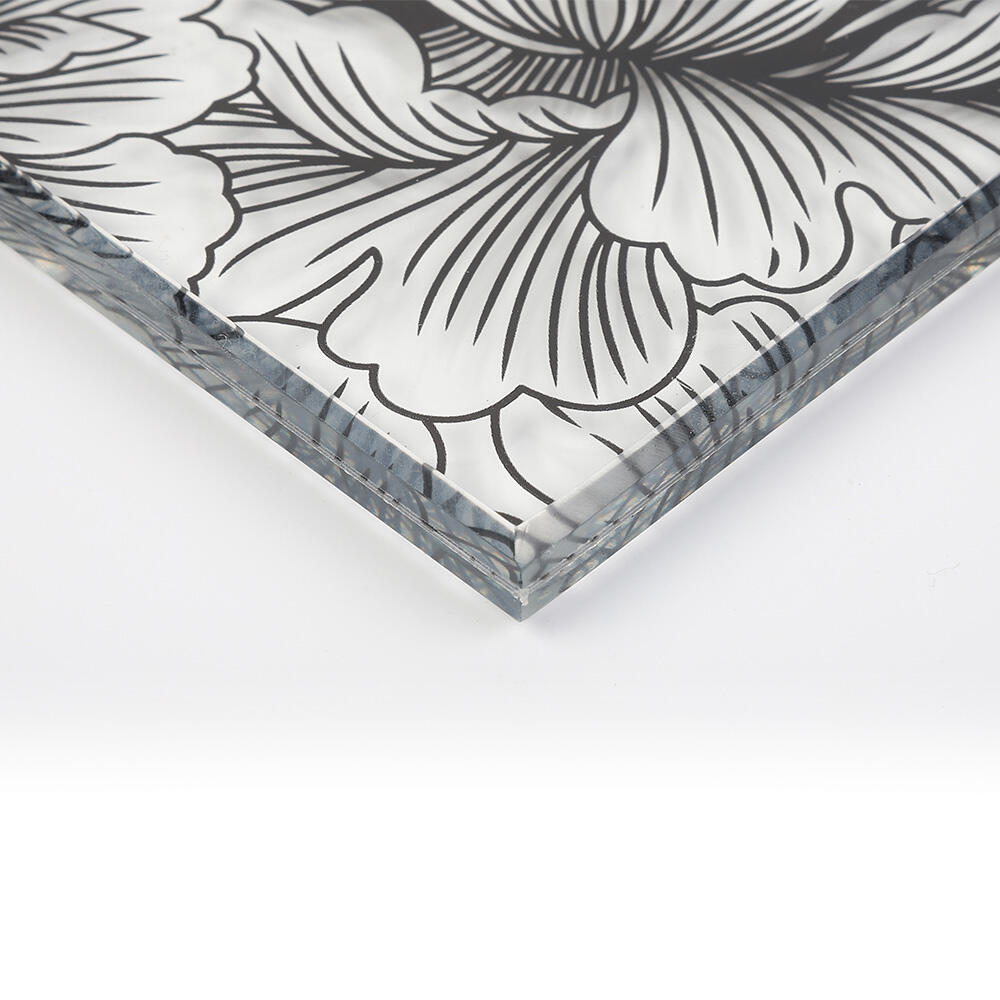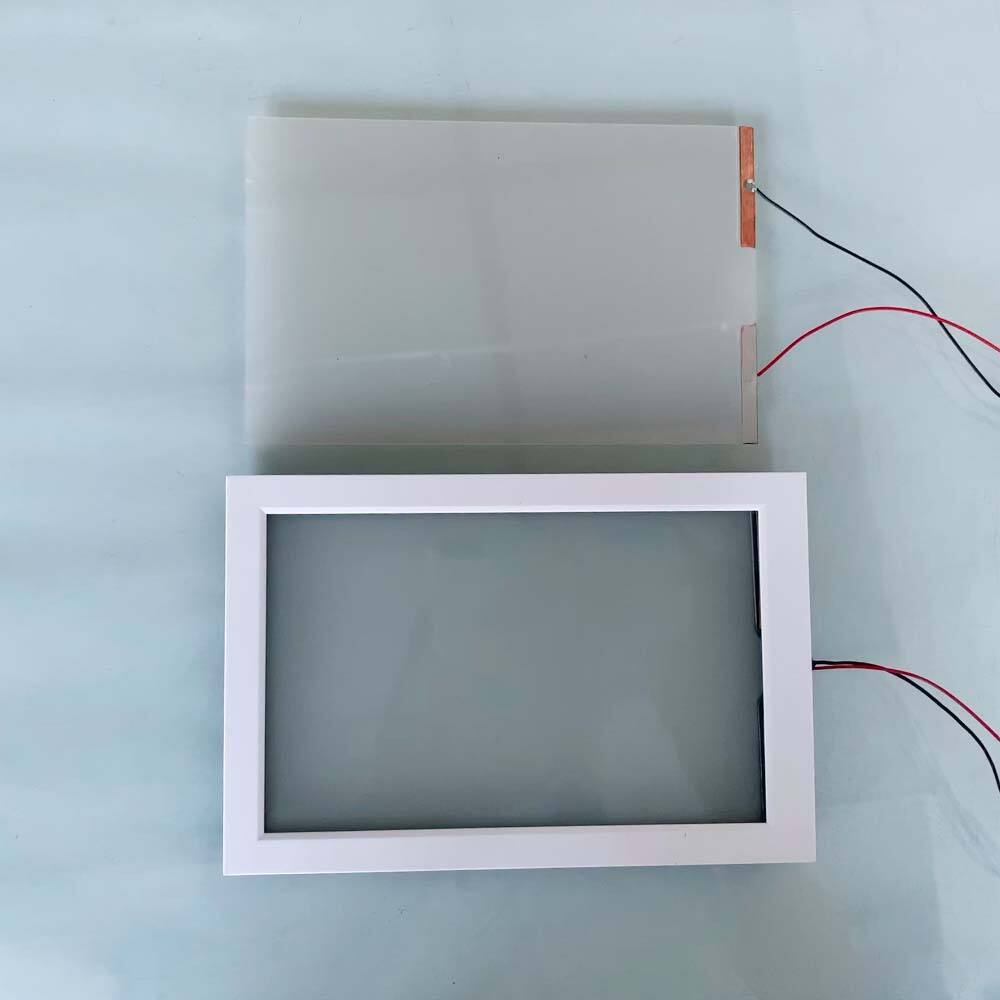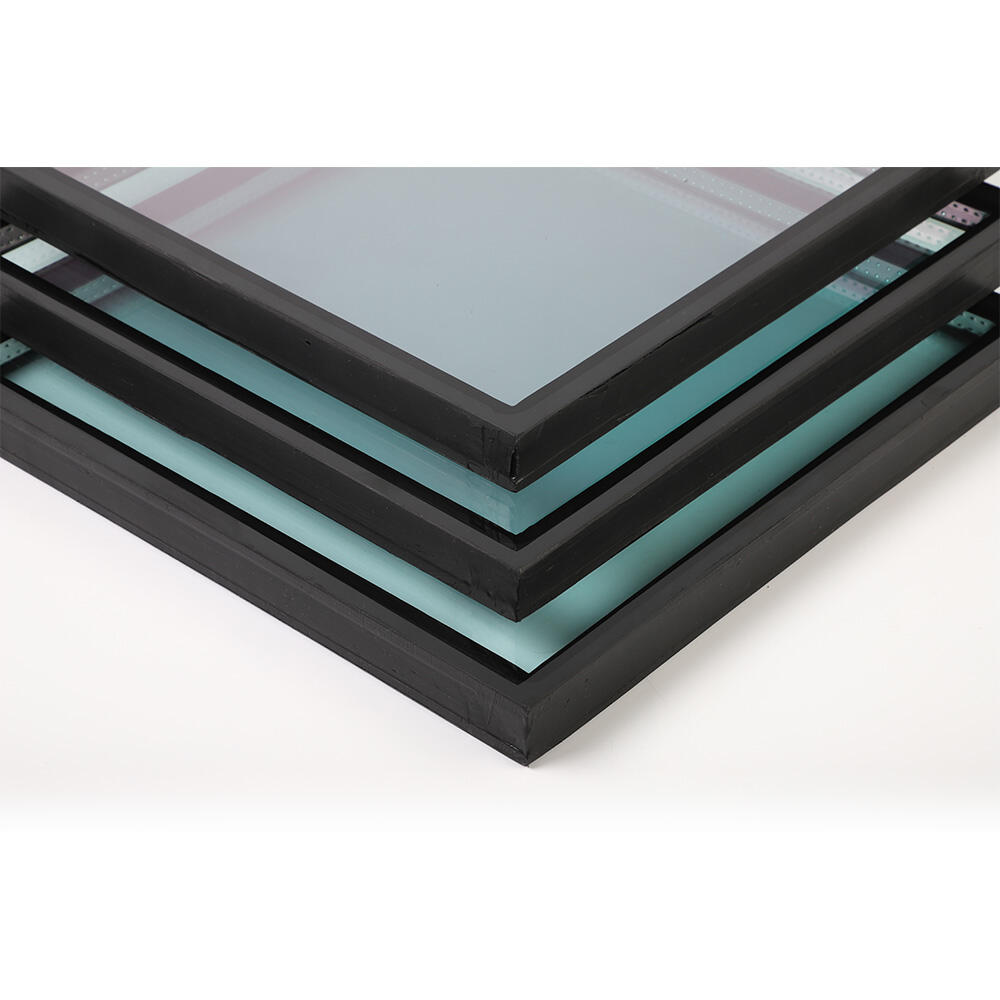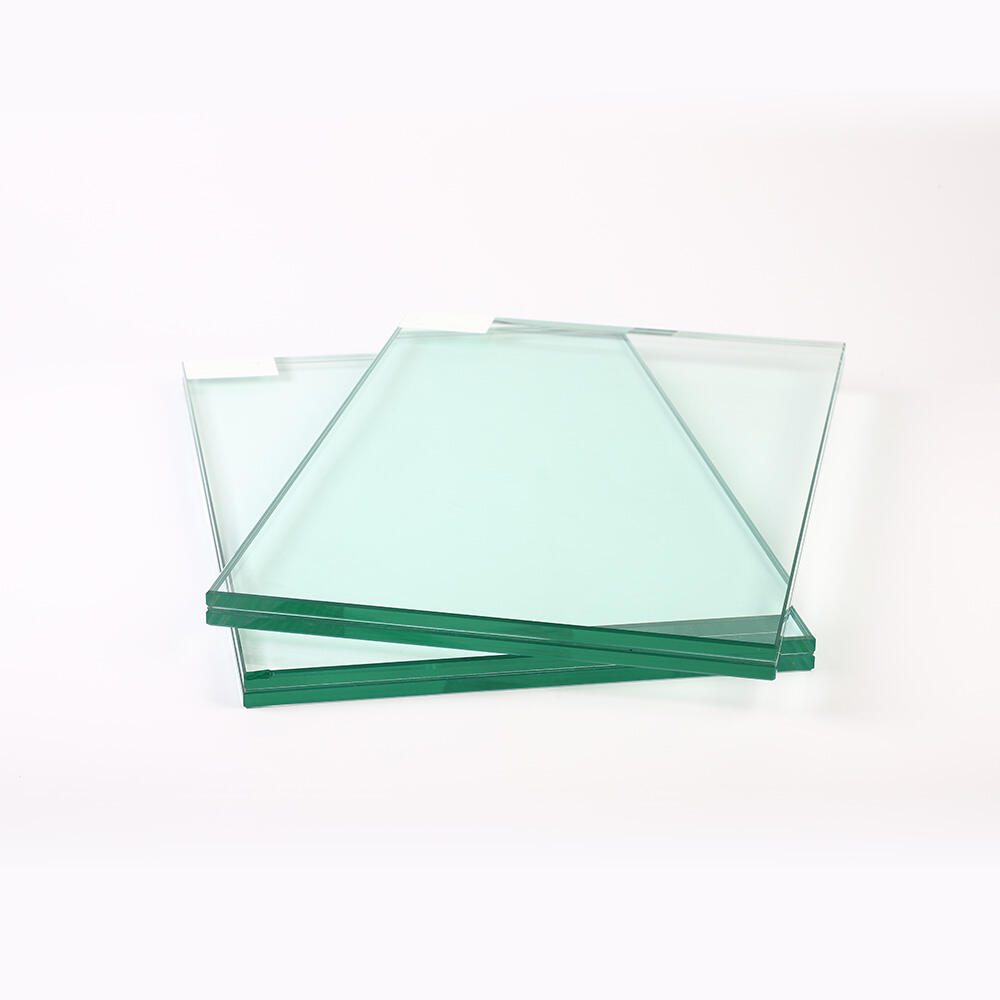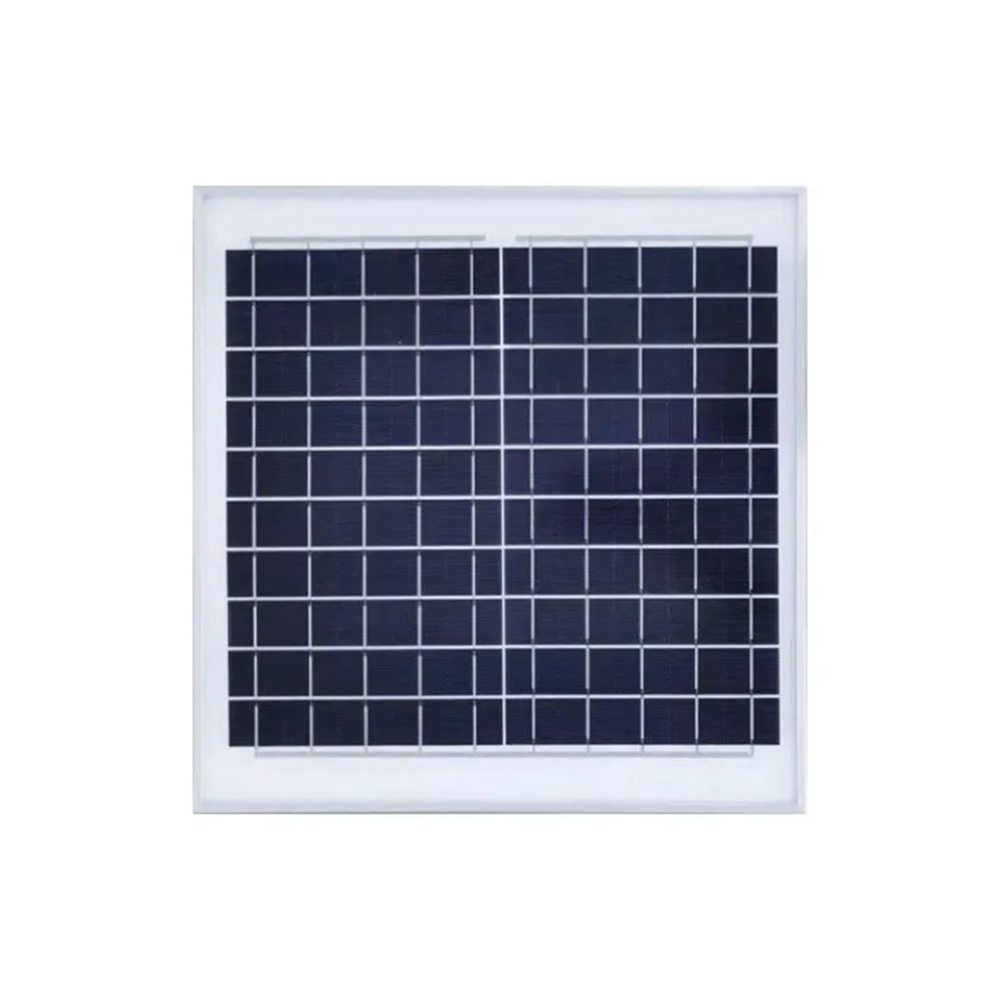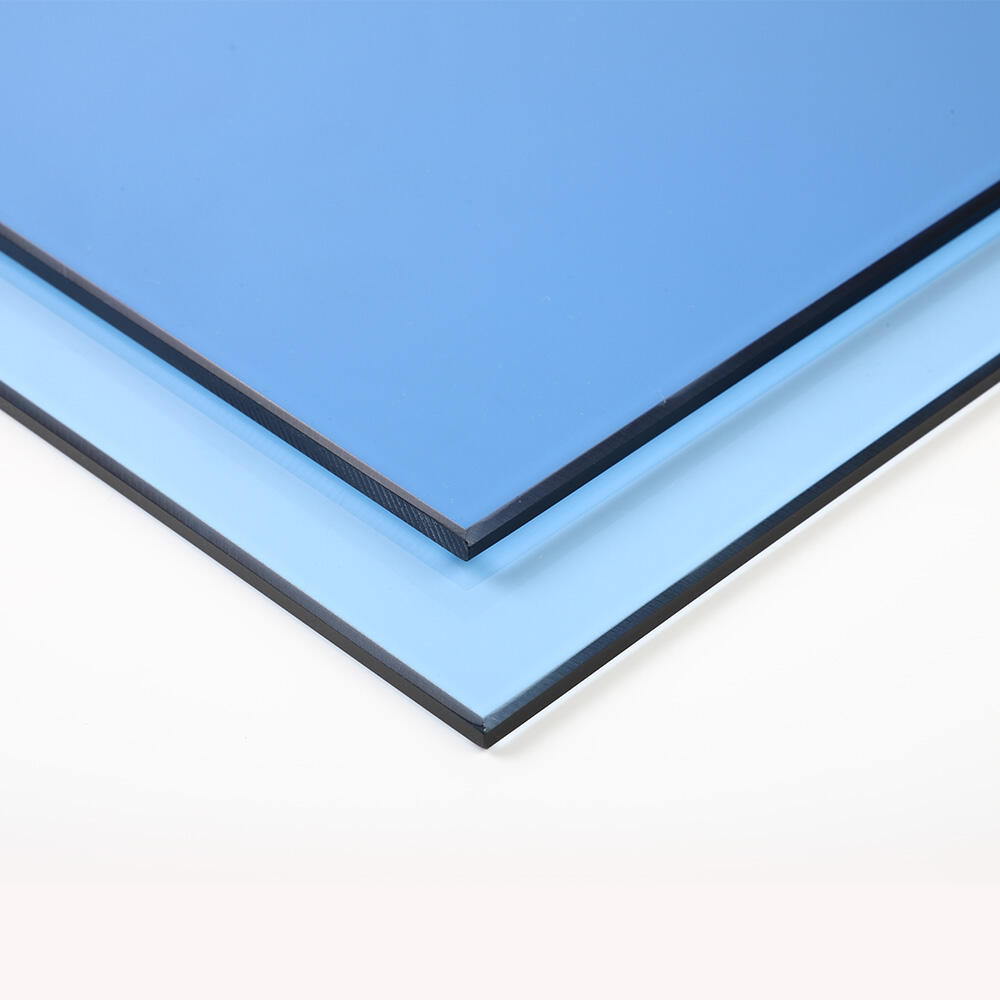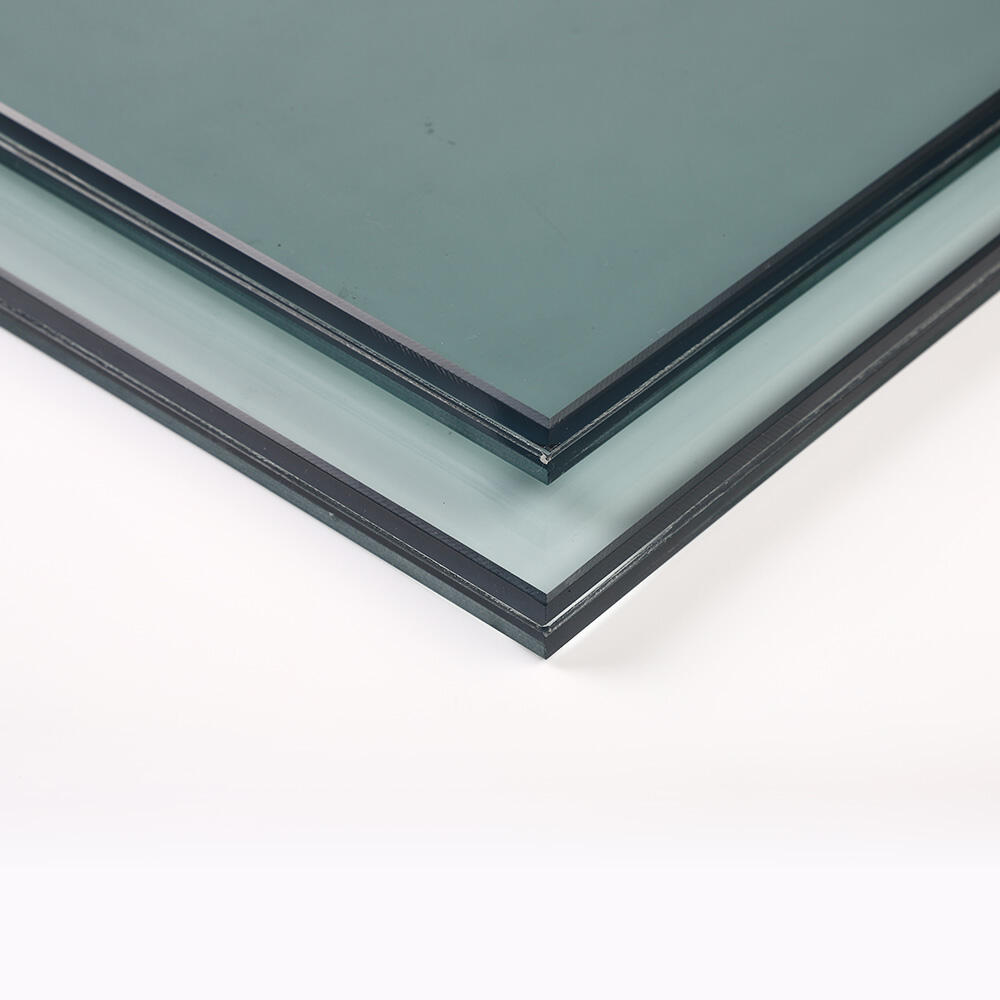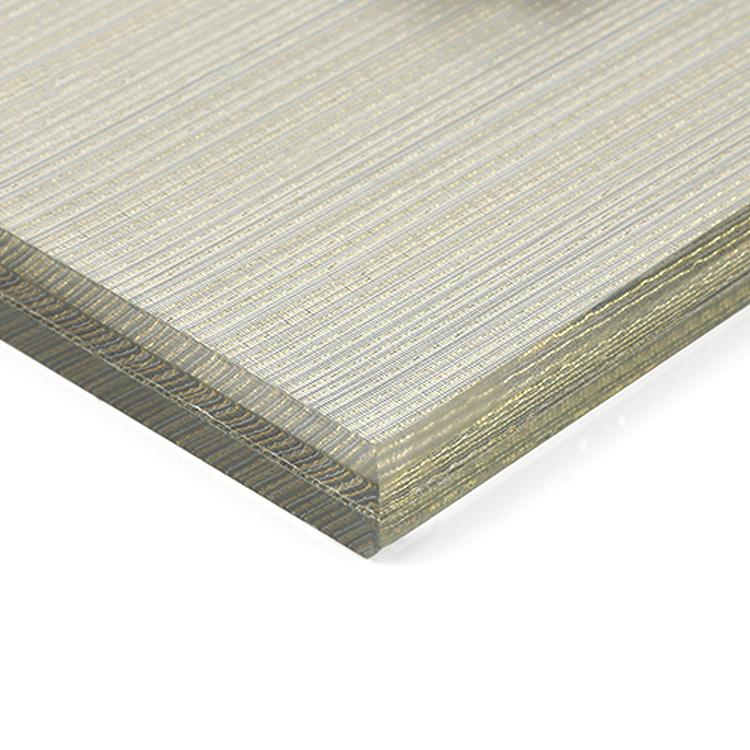Innovations in PDLC Smart Glass for Privacy and Energy Control
Understanding PDLC Smart Glass Technology
PDLC Smart Glass, short for Polymer Dispersed Liquid Crystal glass, marks a real breakthrough in modern glass tech. What makes this stuff special is how it switches back and forth between clear and cloudy modes. The basic setup involves tiny liquid crystals suspended inside a polymer network. These little guys react to electricity by changing position. Without power running through them, they basically just float around randomly, bouncing light all over the place so the glass looks foggy or milky. But flip the switch on and suddenly those crystals line up neatly, letting light travel straight through and making the glass completely see through again. Pretty clever engineering if you ask me!
PDLC smart glass works because of some key parts, and the main one is actually those tiny liquid crystal droplets. They get mixed into a special polymer material, kind of like how peanut butter gets sandwiched between two slices of bread but with glass or plastic instead. What this arrangement does is let the glass switch smoothly between transparent and opaque states, something older smart glass just couldn't do as well. The real magic happens when people want privacy without totally blocking out light. That's why architects love PDLC glass so much these days for office partitions, hotel rooms, and even fancy bathroom windows where users can toggle visibility at will.
PDLC tech has come a long way since its beginnings. Back in the day, smart glass was basically out of reach for most people because it cost an arm and a leg and didn't do much beyond basic tinting functions. But then came along PDLC technology, which completely changed the game. Now we see this stuff everywhere from office buildings with dynamic windows that adjust based on sunlight to luxury cars where drivers can toggle between transparent and opaque windshields at will. What makes PDLC so special? It manages to combine practical benefits like reducing glare and heat gain with sleek appearances that architects love incorporating into their designs. Building owners appreciate how these features cut down on cooling costs too, making PDLC not just visually appealing but economically sensible as well.
Innovations in PDLC Smart Glass for Privacy
Privacy glass that switches between clear and opaque states gives people better control over their space in all sorts of settings. The technology lets users adjust how see-through or solid the glass appears, which works well for businesses looking to create private meeting areas or homeowners wanting some extra seclusion without closing blinds. When someone needs privacy at a moment's notice, this kind of glass makes it possible to change the atmosphere of a room quickly. Offices benefit from being able to switch from open collaboration to confidential discussions just by flipping a switch, while families enjoy having windows that go from transparent during the day to completely private at night without losing natural light.
The latest tech breakthroughs are really pushing PDLC smart glass into new territory when it comes to how we integrate and control these materials. Take remote control options for instance - people can now adjust their privacy settings with just a tap on their phone screen. And get this, many modern installations work right alongside popular smart home platforms, so everything operates together like clockwork. What makes this stuff so cool is that homeowners can switch between transparent and frosted modes either through voice assistants like Alexa or directly from their smartphones. This level of control isn't just convenient, it actually transforms how spaces function throughout the day based on who's present and what activities are happening.
PDLC smart glass really shines in commercial environments. Take conference rooms for example these days many offices install switchable glass panels so they can go from fully transparent during brainstorming sessions to completely opaque when confidential discussions are needed. Retail stores are getting creative too. Some shops use this tech to change how private areas look throughout the day depending on what's happening inside. A clothing store might keep windows clear during regular hours but switch them to privacy mode during fitting room rushes. This kind of adaptability makes customers feel more comfortable while also giving businesses greater control over their space without needing expensive renovations.
These innovations highlight the versatility and growing demand for intelligent glass solutions, which continue to evolve, integrating more into our daily environments. As these technologies advance, their applications will become even greater across different industries, offering enhanced functionality and energy efficiency.
Enhancing Energy Efficiency with PDLC Smart Glass
PDLC smart glass really helps cut down on those heating and cooling bills. What makes it work? Well, basically these glasses have liquid crystals inside them. When electricity runs through them, those crystals line up and make the glass clear so light comes in. Turn off the power and they go all cloudy again, blocking out excess heat from the sun. Pretty clever stuff actually. The best part is how this feature lets buildings maintain comfortable temperatures naturally most of the time. Plus people don't need to turn on lights as often during daylight hours since there's already plenty of natural illumination coming through when needed. This means big savings for homes and offices alike over time.
The way smart glass affects HVAC systems is pretty interesting actually. When buildings install PDLC smart glass, they get better control over how much natural light comes through. This means less reliance on AC during hot summers since the interior stays cooler naturally. Come winter, there's also reduced need for heating because the glass manages heat transfer too. The ability to adjust light levels dynamically really takes pressure off HVAC equipment. We've seen some commercial buildings save thousands annually just from these efficiency gains. For facility managers looking at long term costs, this kind of technology makes a lot of sense both financially and environmentally speaking.
A lot of research points to significant energy savings when buildings incorporate PDLC smart glass technology. Some tests show that structures using this type of smart glass can cut their energy bills by around 30 percent. The reason? Well, the glass actually adjusts how much sunlight comes through, so it manages both daylighting and heat control at the same time. Looking at numbers from SNS Insider, we see why smart glass is becoming popular these days. Architects and planners are increasingly looking for ways to make buildings greener, and this technology fits right into those sustainability goals. It makes sense economically too since saving on heating and cooling costs adds up over time.
Benefits of PDLC Smart Glass in Architectural Design
PDLC smart glass brings real value to architectural projects because of how good it looks and the way it fits into contemporary design trends. The fact that architects can customize these panels means they work well across different building styles from old world charm to cutting edge modernism. That versatility explains why so many designers are choosing PDLC glass for everything from high rise offices to luxury homes. Instead of traditional blinds or curtains taking up space, PDLC glass creates clean lines and minimalist aesthetics while still controlling light levels throughout the day.
When PDLC glass gets connected to smart building tech, it really takes things to another level. The glass works hand in hand with energy management systems to make better use of daylight while talking to HVAC systems so indoor temperatures stay comfortable. What makes this setup so valuable is how it cuts down on electricity bills for lighting and climate control at the same time. Buildings equipped with this kind of system typically see noticeable reductions in their overall energy consumption over time, which helps meet green building standards without sacrificing comfort for occupants.
Case studies across the globe show how architects and designers are getting creative with PDLC glass technology. Take office buildings for instance many now install PDLC glass walls that let workers switch between open workspaces and closed meeting areas just by flipping a switch. Some companies even report better employee satisfaction since these spaces adapt so well to different needs throughout the day. At home, people love putting smart glass in shower enclosures or bedroom windows. It gives them privacy when needed but still lets natural light flood in during the morning hours. The flexibility of PDLC glass is changing how we think about building interiors altogether, blending function with style in ways traditional materials simply cant match.
Products Utilizing PDLC Smart Glass
The integration of security high-strength materials like CdTe (Cadmium Telluride) in riot-proof designs demonstrates the robustness and protective capabilities of modern glass solutions. These materials not only enhance the safety features of smart glass applications but also cater to architectural needs where strength is paramount.
Building Integrated Photovoltaic (BIPV) Glass is revolutionizing energy generation by allowing architectural elements such as windows and roofs to harness solar energy. Its ability to maintain design aesthetics while providing thermal insulation makes it an exemplary choice for sustainable buildings aiming to reduce reliance on conventional energy sources.
Self adhesive films have become pretty flexible options for homes and businesses alike. They let glass go from clear to cloudy just by applying them properly. People love these films because they give extra privacy where needed. That's why we see them popping up in meeting spaces and clinics where discretion matters most. Looking at how widely these products are being used shows something bigger happening too. Architects and designers are increasingly turning toward smart glass tech as part of modern building projects across the country.
Future Trends in PDLC Smart Glass Technologies
PDLC smart glass tech is evolving fast thanks to research into greener materials. Scientists work on developing composite materials that don't harm the environment while also creating coatings that consume less power during operation. These innovations could really change how industries approach smart glass solutions. We're seeing new applications pop up everywhere from train windows to smartphone displays, showing just how versatile this technology has become. As different sectors adopt these advances, we'll likely see even more creative implementations down the road. The glass industry stands at an interesting crossroads where sustainability meets functionality, making PDLC smart glass not just a novelty but a practical solution for many modern challenges.
Recommended Products
Hot News
-
The Amazing Properties and Uses of Glass
2024-01-10
-
Production raw materials and processes of glass products
2024-01-10
-
Co-create the future! A delegation from Atlantic El Tope Hotel visited our company
2024-01-10
-
ZRGlas Shines at Sydney Build EXPO 2024, Innovative Products Spark High Interest Among Clients
2024-05-06
-
How Low-E Glass Can Cut Energy Costs and Boost Insulation
2024-09-18

 EN
EN
 AR
AR
 CS
CS
 DA
DA
 NL
NL
 FI
FI
 FR
FR
 DE
DE
 EL
EL
 IT
IT
 JA
JA
 KO
KO
 PL
PL
 PT
PT
 RU
RU
 ES
ES
 TL
TL
 IW
IW
 ID
ID
 SR
SR
 SL
SL
 UK
UK
 VI
VI
 HU
HU
 TH
TH
 TR
TR
 FA
FA
 AF
AF
 MS
MS
 UR
UR
 HA
HA
 LO
LO
 LA
LA
 MI
MI
 MN
MN
 TA
TA
 TE
TE
 MY
MY
 SI
SI
